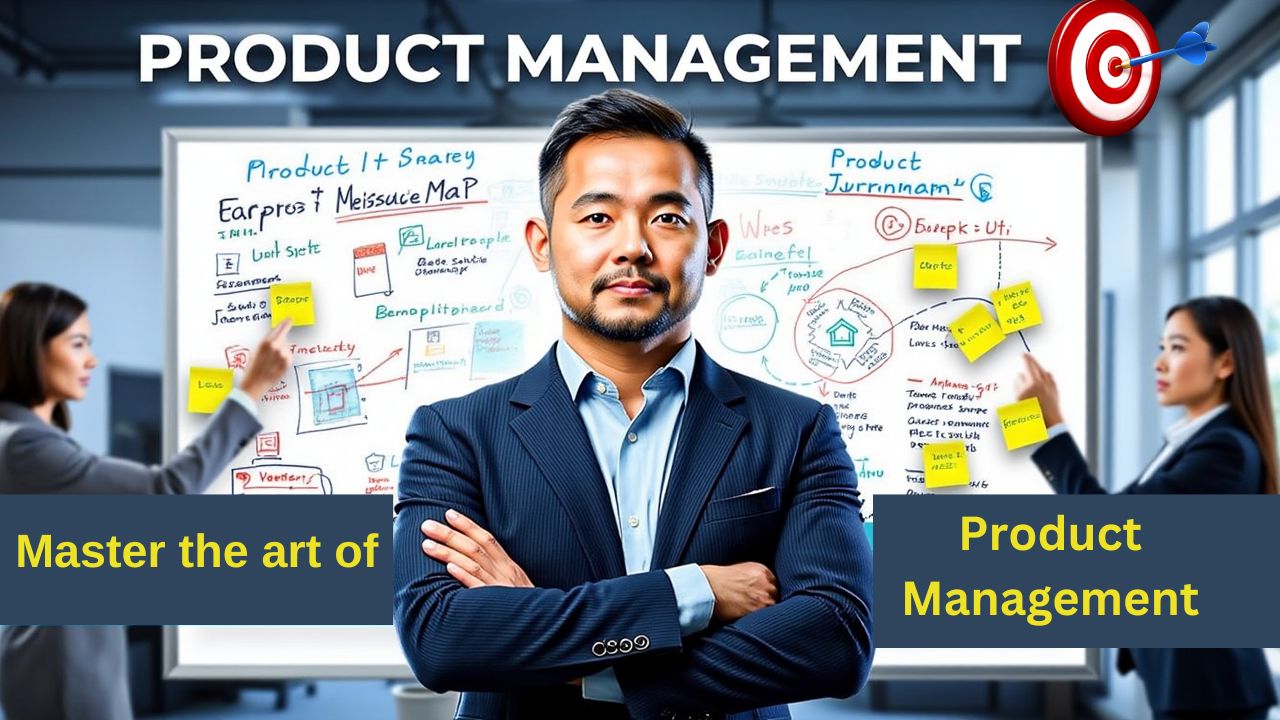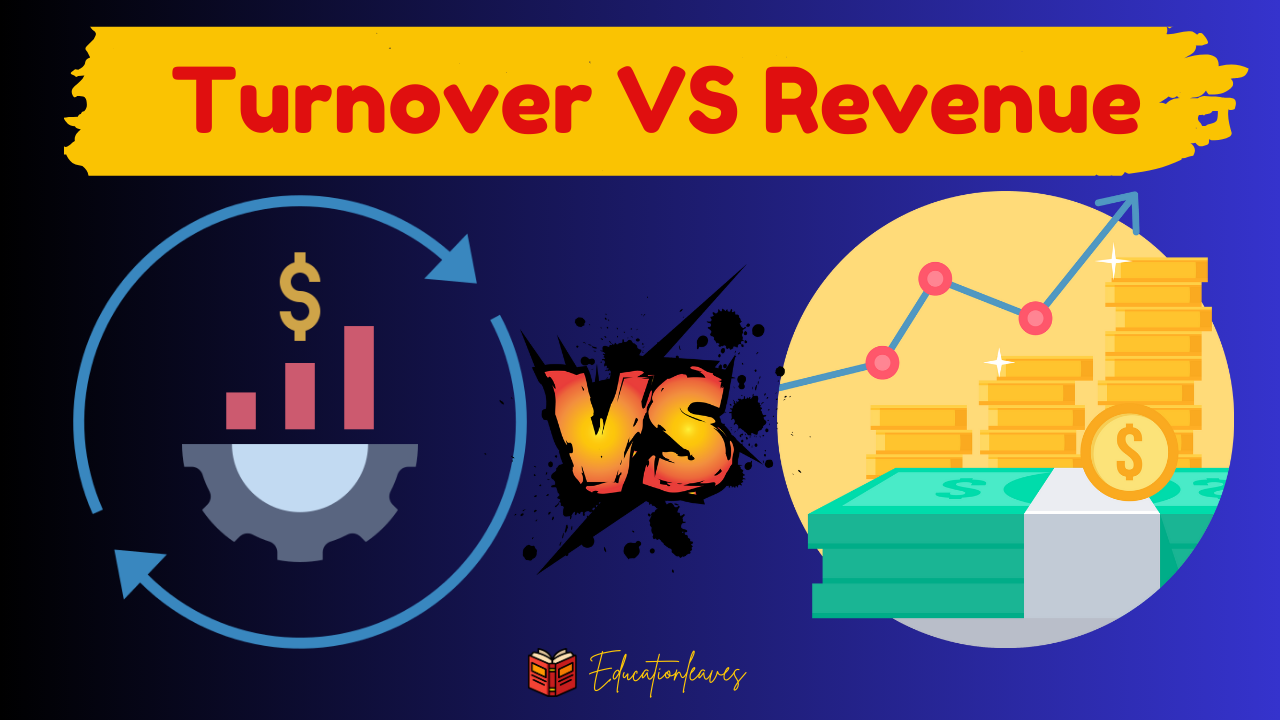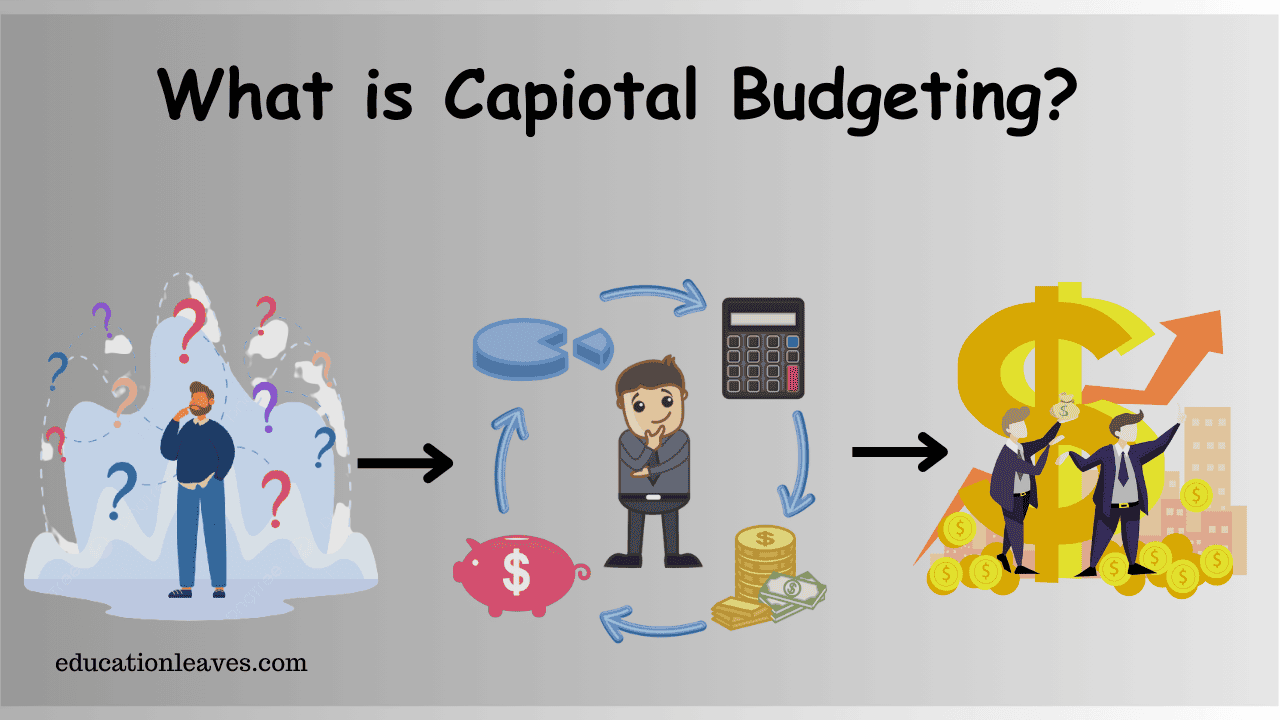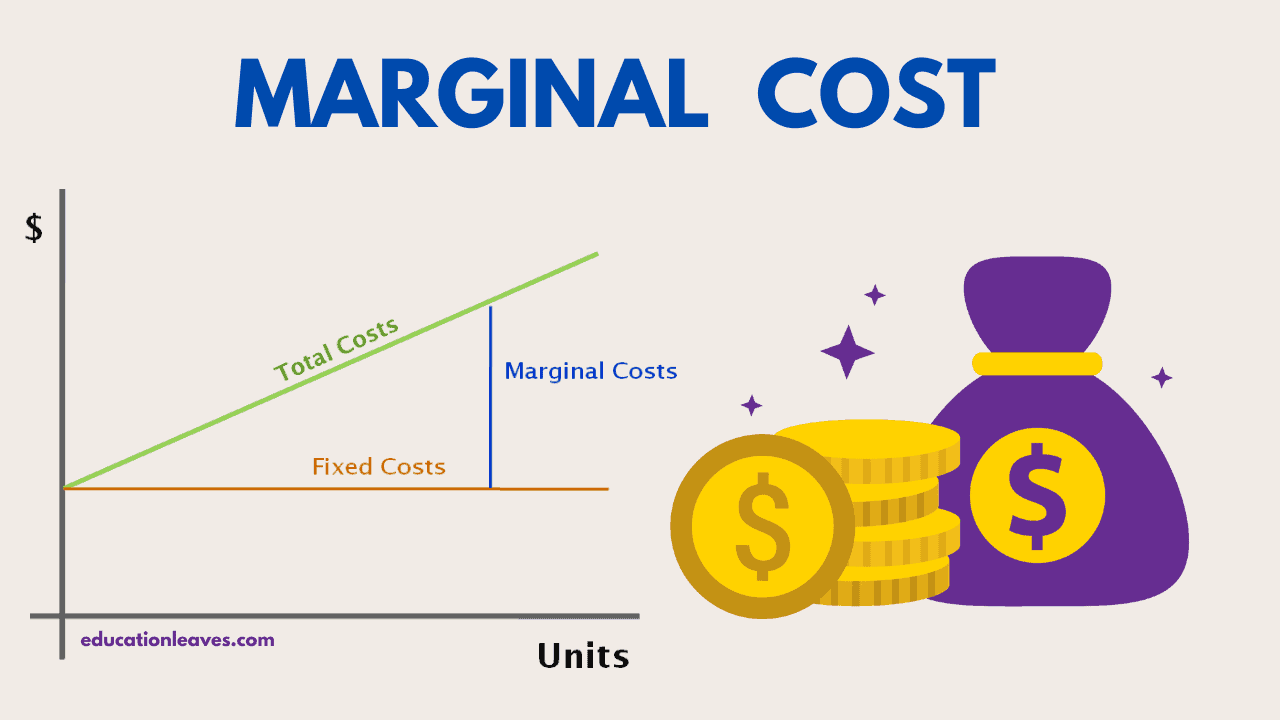What is Product Management? Roles, Responsibilities, Skill required, Process
Product management is a dynamic and multifaceted discipline at the intersection of business strategy, user experience, and technology. It involves guiding a product from conception to launch and ensuring its success throughout its lifecycle.










